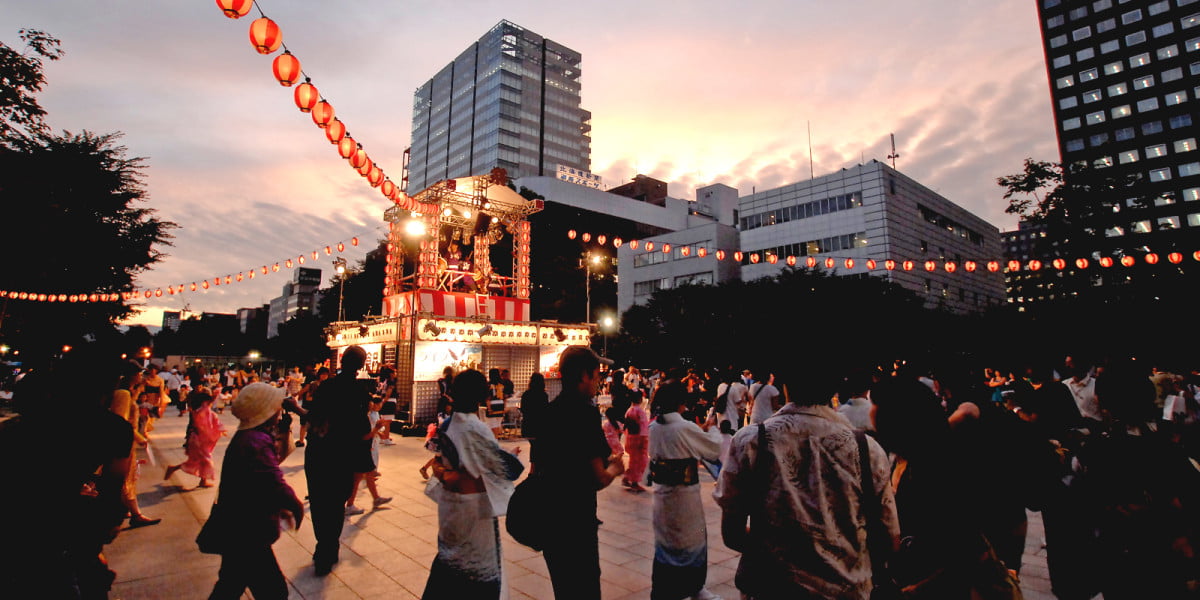When visiting Sapporo, Japan, a key attraction that captures the essence of the city’s rich brewing history is the Sapporo Beer Garden. This iconic location is not just a place to enjoy a glass of beer, but a cultural landmark steeped in heritage. In this article, we explore the various elements that make the Sapporo Beer Garden a symbolic site, examining its historical background, architectural uniqueness, the famous Star Hall, and the significance of its famed Genghis Khan BBQ experience.
Historical Background of the Sapporo Beer Garden
The historical significance of the Sapporo Beer Garden dates back to the late 19th century. Originally established as a part of the Sapporo Sugar Company, it later transitioned to become the Sapporo Brewery, which is one of Japan’s oldest and most famous breweries. The transformation of this site from a sugar factory to a brewery is a testament to Japan’s rapid industrialization during the Meiji era and represents a pivotal moment in Sapporo’s commercial history.
Over the years, the Sapporo Beer Garden has evolved, but it has always maintained its link to the city’s industrial past. The buildings, some of which are designated historical landmarks, showcase the early architectural styles of the Meiji period. These structures are not only beautiful, but they also serve as a physical reminder of the rich history of brewing in Sapporo, making the beer garden a living museum of industrial heritage.
Today, the Sapporo Beer Garden serves as a popular tourist destination, offering visitors a chance to sample various Sapporo beers alongside traditional Hokkaido cuisine. This historic site attracts countless visitors each year, who come to enjoy not only the beer but also to immerse themselves in the garden’s storied past.
The Architectural Uniqueness of the Sapporo Beer Garden
The architecture of the Sapporo Beer Garden is a notable aspect that contributes to its status as a landmark. The main building, known as the Sapporo Beer Museum, is a striking example of Meiji-era industrial design. Constructed with red bricks, which were a common architectural feature during that period, the building exudes a rustic charm that is both inviting and imposing.
The use of red brick not only enhances the aesthetic appeal but also reflects the industrial functionality of the era. This construction method was chosen for its durability and effectiveness in insulation, keeping the interiors cool during summer and warm in winter, which is essential for beer production. The layout of the buildings within the garden is also deliberate, promoting a flow that enhances the visitor experience while subtly guiding them through the history of beer making.</, which is essential for beer production.
Visitors to the garden are often struck by the grandeur of the architecture, which stands in contrast to the modern buildings of downtown Sapporo. This architectural distinction highlights the garden’s historical significance and enhances its status as a symbol of Sapporo’s heritage.
The Star Hall: A Symbol of Brewing Excellence
The Star Hall, located within the Sapporo Beer Garden, is particularly symbolic, representing the high standards of brewing excellence Sapporo is known for. It is here that visitors can engage with the brewing process through interactive exhibits and beer tastings. The hall’s name itself, Star, suggests the high quality and stellar production methods used in brewing Sapporo beer.
The interior of the Star Hall is designed to evoke the feel of an authentic brewery, with large copper kettles and historical brewing equipment on display. This setup not only educates visitors about the brewing process but also immerses them in the atmosphere of a working brewery. The hall also hosts seasonal displays and limited-edition beer tastings, providing a dynamic and educational experience for beer enthusiasts and casual visitors alike.
Moreover, the Star Hall serves as a venue for beer festivals and special events, further cementing its role as a central hub for beer culture in Sapporo. These events attract a diverse crowd, from local residents to international tourists, all eager to partake in Sapporo’s celebrated beer tradition.
Genghis Khan BBQ: A Culinary Symbol
Another key symbol of the Sapporo Beer Garden is its famous Genghis Khan BBQ. This unique dining experience offers visitors the chance to grill their own mutton, which is a local delicacy, on specialized convex grills. This method of cooking is not only a nod to the agricultural traditions of Hokkaido but also symbolizes the communal aspect of dining, which is central to the Japanese culinary experience.
The Genghis Khan BBQ is particularly popular during the cold Sapporo winters, where the warm, hearty meal and the communal style of eating provides comfort and warmth. This style of BBQ has become synonymous with the Sapporo Beer Garden, drawing visitors who are eager to experience this unique aspect of Hokkaido’s culinary culture.
Inclusion of this dining experience at the beer garden does more than just satisfy culinary curiosity; it enhances the overall appeal of the Sapporo Beer Garden, making it not just a place to drink beer, but a destination where visitors can engage with local culture in a meaningful way.
The Enduring Symbolism of the Sapporo Beer Garden
In conclusion, the Sapporo Beer Garden is much more than a place to enjoy beer; it is a cultural symbol that embodies Sapporo’s history, culture, and passion for brewing. From its historical architecture to the interactive Star Hall and the communal Genghis Khan BBQ, each element of the beer garden plays a part in telling the story of Sapporo’s heritage.
The enduring appeal of the Sapporo Beer Garden lies in its ability to blend history with hospitality, offering a unique experience that captivates both the mind and the palate. As such, it continues to stand as a proud symbol of Sapporo, inviting visitors from around the world to partake in its rich traditions.
Whether you are a beer aficionado, a history enthusiast, or simply looking for a unique cultural experience, the Sapporo Beer Garden offers a rich tapestry of attractions that are sure to enrich your understanding and appreciation of this beautiful Japanese city.
